
Explore the Rich History at Museo Histórico
Uncover the fascinating past of Paysandú at the Museo Histórico, a cultural gem that showcases the region's rich history and heritage.
Discover the vibrant history of Paysandú at the Museo Histórico, a must-visit destination for tourists. With fascinating exhibits and engaging displays, this museum offers a glimpse into the region's past and cultural heritage.
A brief summary to Museo Histórico
- Zorrilla de San Martin 874, Paysandú, Paysandú Department, 60000, UY
- +59847226220
- Visit website
- Tuesday 11 am-4:45 pm
- Wednesday 11 am-4:45 pm
- Thursday 11 am-4:45 pm
- Friday 11 am-4:45 pm
- Saturday 8 am-12:45 pm
- Sunday 8 am-12:45 pm
Local tips
- Plan your visit during guided tour times for an enriched experience.
- Check the museum's schedule for special exhibitions that may be featured during your visit.
- Take advantage of the museum's early opening hours on weekends for a quieter experience.
- Consider visiting on a weekday to avoid larger crowds.
Getting There
-
Car
If you are driving, start from the center of Paysandu. Head southwest on Avenida Brasil towards Zorrilla de San Martin. Continue straight for about 1 km, and you will find Museo Histórico located at Zorrilla de San Martin 874. There is street parking available nearby, but be sure to check for any parking regulations.
-
Public Transportation
For public transportation, you can take a local bus that routes through central Paysandu. Look for buses with stops near Plaza Constitución. Once you arrive at Plaza Constitución, walk south on Zorrilla de San Martin for approximately 5 minutes, and the museum will be on your right at Zorrilla de San Martin 874. Always check the bus schedules as they can vary, and ensure you have some Uruguayan pesos for the fare.
-
Walking
If you are in a nearby hotel or accommodation, and prefer walking, simply head towards the main avenue, Avenida Brasil, and follow it southwest until you reach Zorrilla de San Martin. Turn right, and Museo Histórico will be located at number 874 on your right. This walk should take around 15-20 minutes depending on your starting point.
Discover more about Museo Histórico
Iconic landmarks you can’t miss
Monumento a la Libertad
0.2 km
Explore the Monumento a la Libertad in Paysandú, a stunning tribute to freedom and a significant cultural landmark rich in history and beauty.
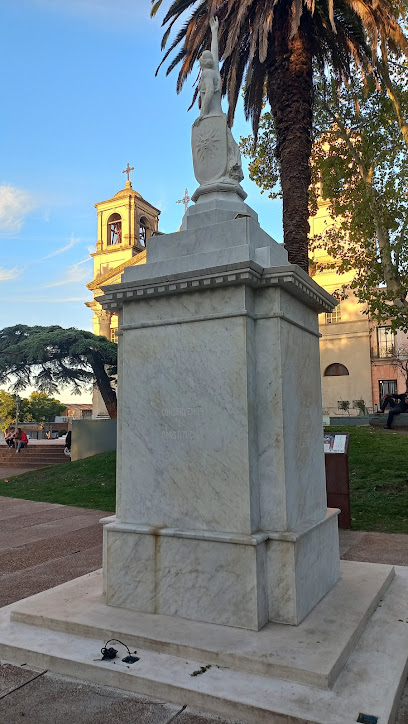
Monumento a Eduardo Franco
0.3 km
Explore the Monumento a Eduardo Franco, a beautiful memorial in Paysandú that honors Uruguay's rich history and offers a serene escape for visitors.
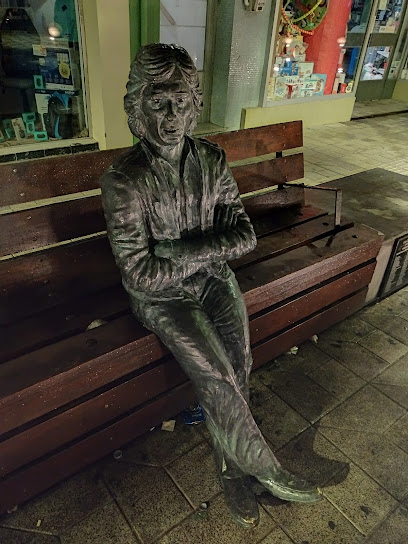
Plaza Rivera
0.8 km
Explore the charm of Plaza Rivera, a vibrant town square in Paysandú, Uruguay, where culture, history, and relaxation come together.
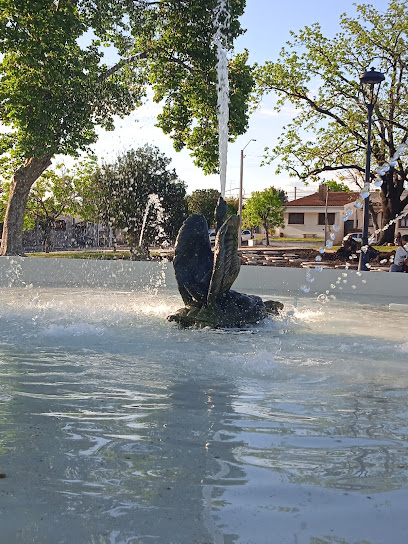
Plaza Lavalleja
1.0 km
Discover the vibrant heart of Paysandú at Plaza Lavalleja, where culture, community, and scenic beauty come together in a charming town square.
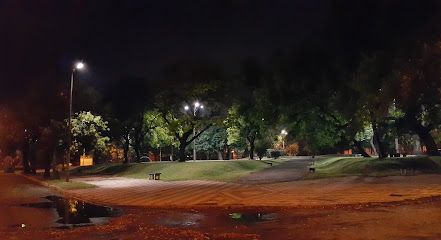
Bandera de Uruguay
1.6 km
Explore the Bandera de Uruguay, a stunning sculpture symbolizing national pride and culture in the heart of Paysandú, a must-see for every tourist.
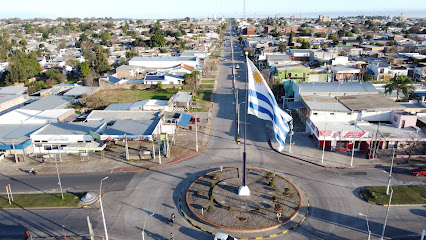
Paysandu Cemetery
1.7 km
Discover the profound beauty and history at Paysandu Cemetery, Uruguay's first cemetery, a serene tribute to lives lived and legacies left behind.
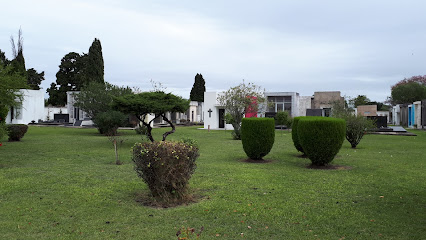
Plaza Colón
1.9 km
Discover the vibrant heart of Paysandú at Plaza Colón, where local culture, history, and community come together in a beautiful town square.
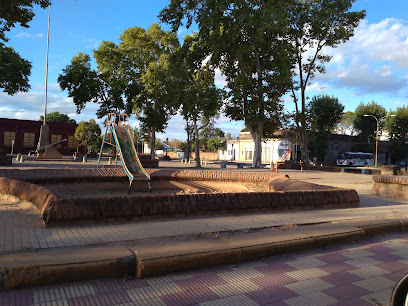
Mural Homenaje A Los Iracundos
2.6 km
Immerse yourself in the vibrant culture of Paysandú at the Mural Homenaje A Los Iracundos, celebrating musical heritage and artistic expression.
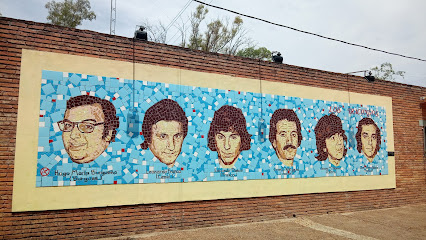
Monumento Loba, Romulo y Remo
2.7 km
Discover the enchanting Monumento Loba in Paysandú, a symbol of heritage and artistry, celebrating the legendary tale of Romulus and Remus.
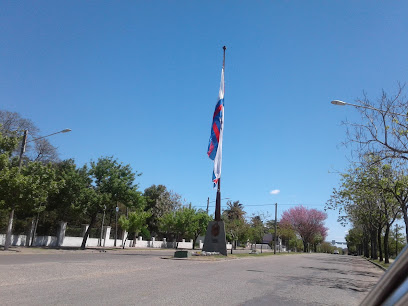
Ruinas del Falansterio
15.2 km
Explore the Ruinas del Falansterio, a historical landmark in Entre Ríos, where history and nature intertwine in a serene setting.
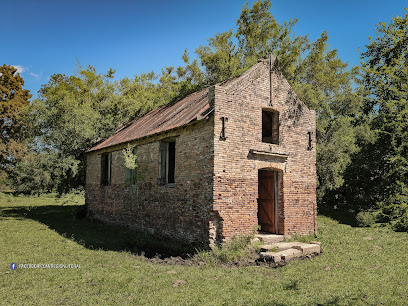
Isla del Queguay Grande
18.0 km
Explore the serene Isla del Queguay Grande in Paysandú, a hidden gem for nature lovers with stunning landscapes and peaceful riverfront relaxation.
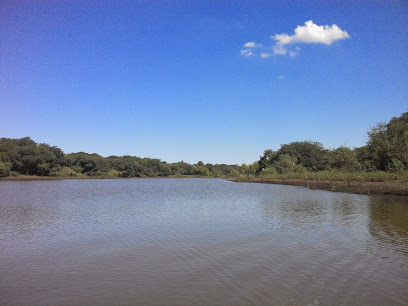
"HANDS" monument to the Republic
21.7 km
Explore the HANDS monument to the Republic in Concepción del Uruguay, a stunning sculpture that symbolizes unity and freedom in Argentine culture.
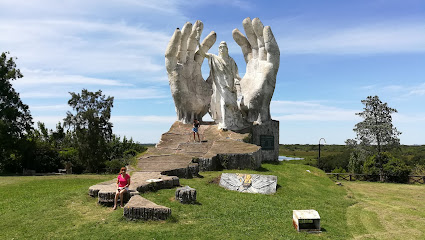
Plaza General Francisco Ramírez
23.2 km
Discover the tranquil beauty of Plaza General Francisco Ramírez, a historical park in Concepción del Uruguay, perfect for relaxation and cultural exploration.
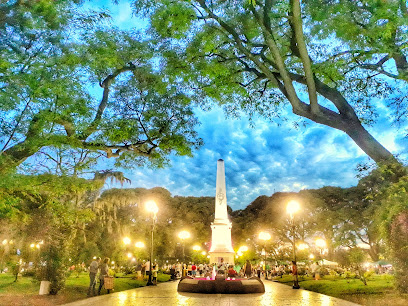
Peaje Queguay
23.5 km
Discover the essence of Uruguayan travel at Peaje Queguay, your gateway to the stunning Paysandú region, where culture meets convenience.
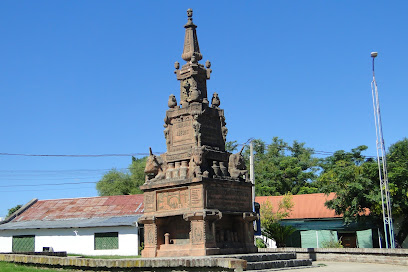
Calzada del Rio Queguay
24.2 km
Discover the serene beauty of Calzada del Rio Queguay, an idyllic playground perfect for family outings and nature lovers in Uruguay's Paysandú Department.
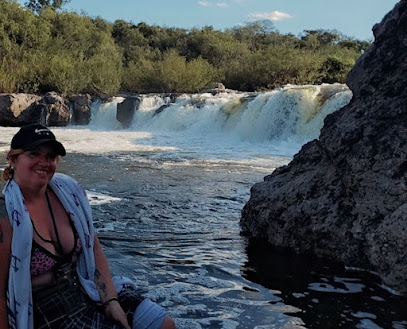
Unmissable attractions to see
Nuestra Señora del Rosario y San Benito de Palermo, Paysandú
0.2 km
Experience the architectural beauty and spiritual significance of Nuestra Señora del Rosario y San Benito de Palermo in Paysandú, a gem of Uruguayan heritage.
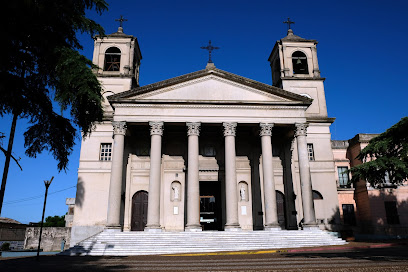
Museo Monumento A Perpetuidad
0.6 km
Explore the rich tapestry of history at Museo Monumento A Perpetuidad in Paysandú, where the past comes alive through engaging exhibits.
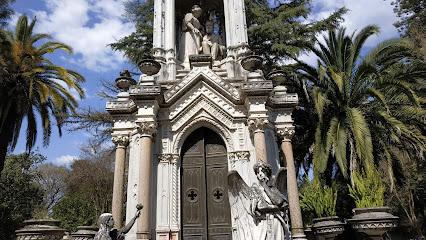
Casa de cultura
0.8 km
Explore the rich cultural heritage of Paysandú at Casa de Cultura, a vibrant museum showcasing local art, history, and community spirit.

Plaza Artigas
1.3 km
Discover the charm of Plaza Artigas, a lush park in Paysandú, where local culture and natural beauty come together for an unforgettable experience.
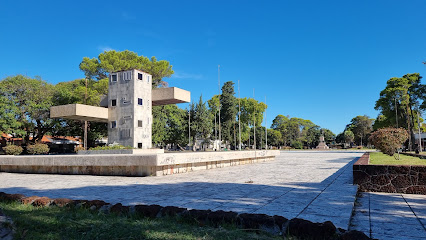
Playa Municipal
2.6 km
Experience the calm and beauty of Playa Municipal, a premier beach destination in Uruguay's Paysandú Department, perfect for sunbathing and water sports.
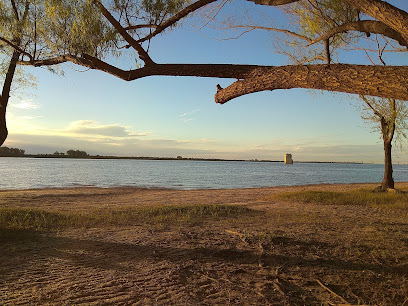
(Ex Museo) Paseo de la Tradición
2.6 km
Explore the rich cultural heritage of Uruguay at Paseo de la Tradición, a captivating museum in Paysandú showcasing local art and traditions.
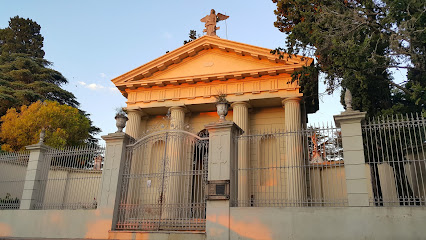
Isla Caridad
3.9 km
Discover the serene beauty of Isla Caridad, a tranquil island retreat in Entre Ríos, Argentina, perfect for nature lovers and peace seekers alike.
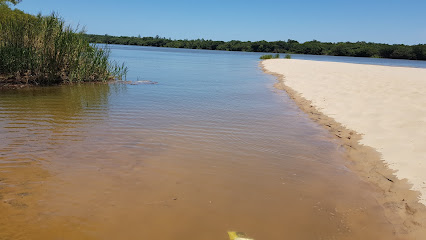
Playa Nueva
10.5 km
Discover tranquility at Playa Nueva, a stunning beach destination in Entre Ríos, Argentina, ideal for relaxation, water sports, and natural beauty.
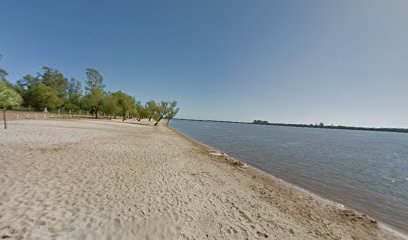
Puerto De Colón
12.5 km
Explore Puerto De Colón, a stunning marina in Colón, Argentina, where adventure meets tranquility in a breathtaking natural setting.
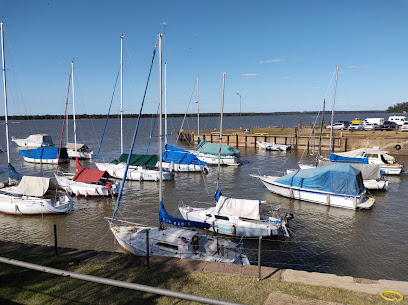
Termas de Colón
13.5 km
Discover the healing waters of Termas de Colón, a thermal bath paradise in Entre Ríos, perfect for relaxation and family fun.

Médanos Isla queguay
13.6 km
Explore the stunning landscapes of Médanos Isla Queguay, a hidden gem in Paysandú, Uruguay, featuring beautiful dunes and nature at its finest.
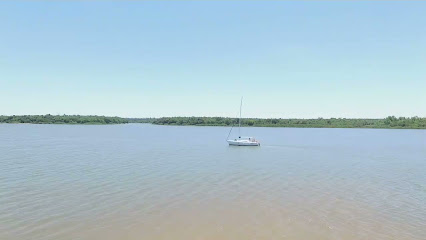
Playa Punta Colón
13.7 km
Experience the beauty and tranquility of Playa Punta Colón, a stunning beach destination in Colón, Entre Ríos Province, perfect for relaxation and adventure.
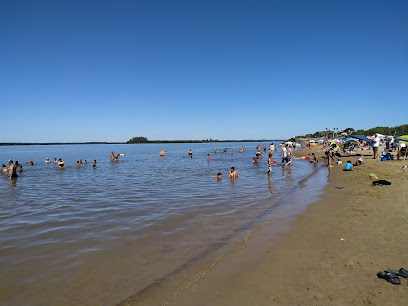
Laguna del Queguay grande
14.2 km
Discover the serene beauty of Laguna del Queguay Grande, a natural oasis in Uruguay perfect for outdoor adventures and tranquil escapes.
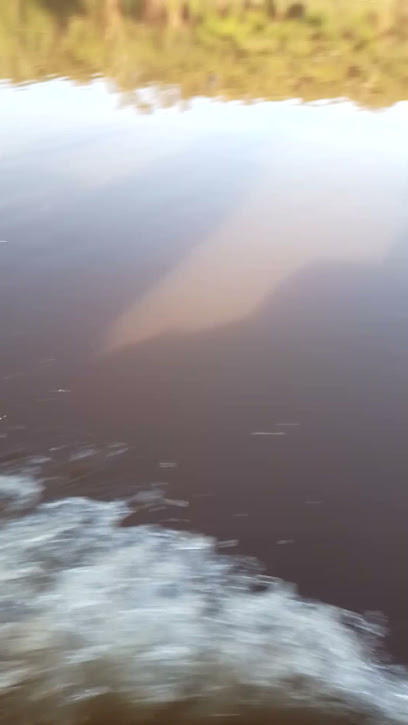
Isla grande del Queguay
16.0 km
Discover the tranquility and natural beauty of Isla Grande del Queguay, an idyllic park in Uruguay's Paysandú Department.

Termas de San José
16.1 km
Discover the healing waters and family-friendly fun at Termas de San José, a top thermal bath and water park in Entre Ríos, Argentina.

Essential places to dine
Chivitos eme
0.1 km
Discover authentic Uruguayan flavors at Chivitos Eme in Paysandú – home to the legendary chivito sandwich and delightful local cuisine.
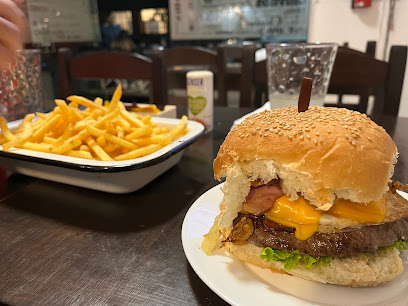
Apolonio
0.3 km
Experience the best of Paysandú at Apolonio - where delightful bakery treats meet healthy meal options.
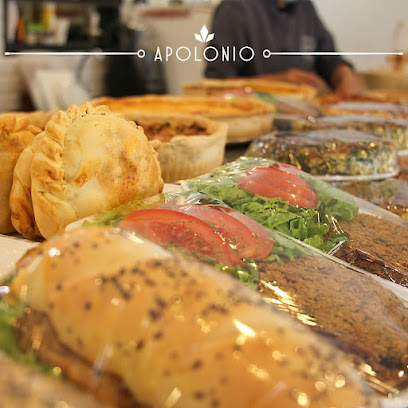
Pizzeria RODELU Paysandú
0.3 km
Experience the best pizza in Paysandú at Pizzeria RODELU—where tradition meets flavor in every slice.
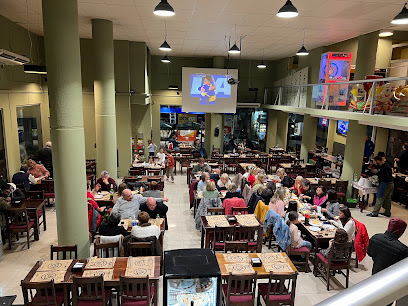
Madre Cuenca
0.3 km
Experience the rich flavors of Uruguay at Madre Cuenca - where tradition meets innovation in every dish.
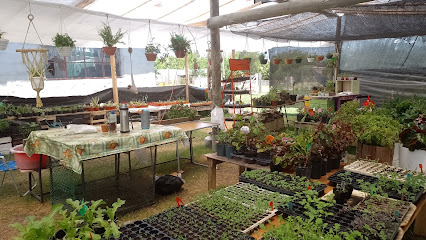
La Taberna
0.4 km
Discover La Taberna in Paysandú – where local flavors meet international delights in a cozy takeout setting.
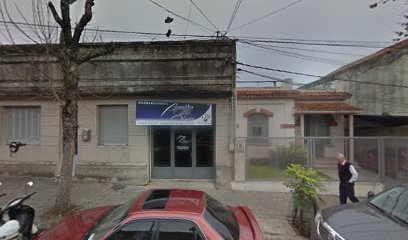
Viejo Mercado
0.4 km
Discover authentic Uruguayan cuisine at Viejo Mercado in Paysandú – where every dish tells a story.
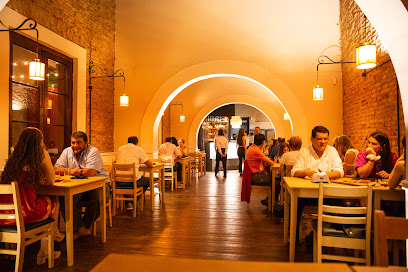
Parrilla Rodó
0.4 km
Experience authentic Uruguayan barbecue at Parrilla Rodó in Paysandú - where every bite tells a story.
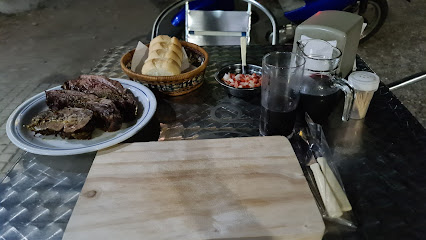
El Minuano
0.4 km
Discover the flavors of Paysandú at El Minuano, where tradition meets taste in a cozy restaurant setting.
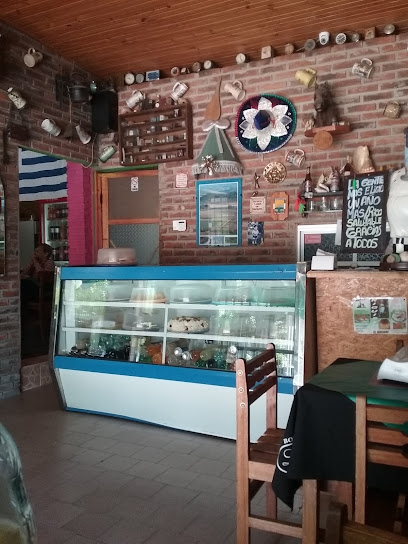
Pan Z
0.6 km
Discover Pan Z in Paysandú: A pizza paradise blending local ingredients with authentic Uruguayan flavors.
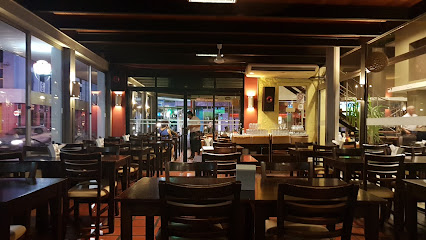
Lo del Loro
0.6 km
Experience authentic Uruguayan flavors at Lo del Loro, where every grilled dish tells a story of tradition and passion.

Romero’s restaurant
0.6 km
Experience authentic Uruguayan cuisine at Romero's Restaurant in Paysandú—where every meal tells a story.
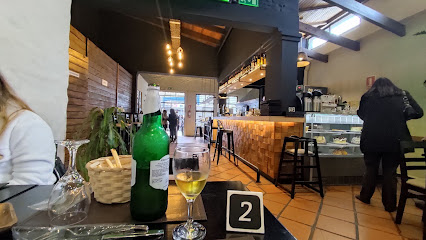
El Fogón Parrilla
0.7 km
Savor authentic Uruguayan flavors at El Fogón Parrilla in Paysandú, where tradition meets taste in every bite.
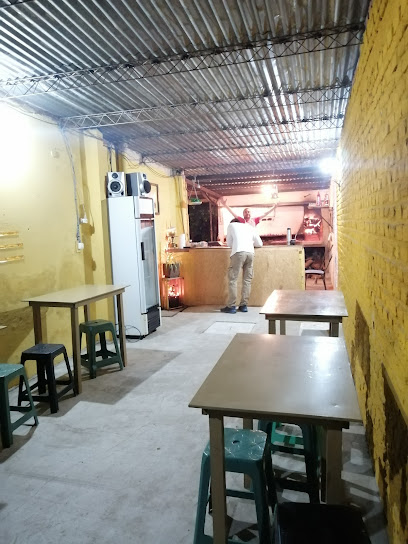
Pimienta Negra
0.8 km
Experience authentic Uruguayan cuisine at Pimienta Negra, where flavor meets hospitality in the heart of Paysandú.
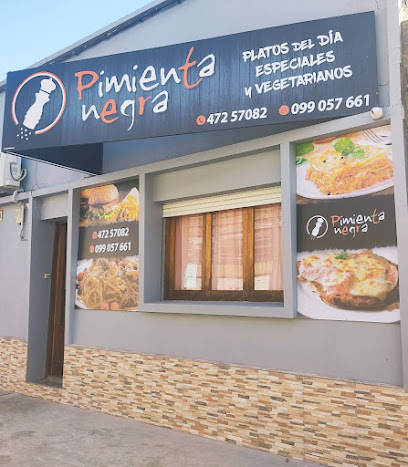
Doña Maruja
0.8 km
Experience authentic Uruguayan cuisine at Doña Maruja in Paysandú – a culinary haven for food lovers.
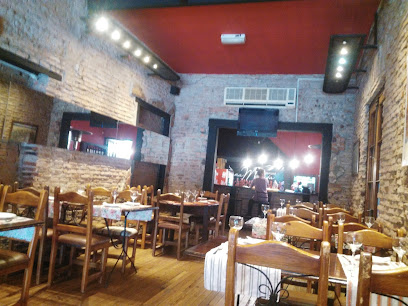
Platos Rotos
0.9 km
Discover authentic Uruguayan flavors at Platos Rotos, where delicious meals meet affordability in the heart of Paysandú.
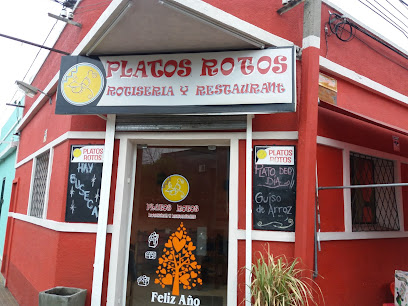
Markets, malls and hidden boutiques
Todo Nylon
0.1 km
Explore Todo Nylon in Paysandú, a vibrant shopping mall offering diverse stores, delicious local cuisine, and a glimpse into Uruguayan culture.
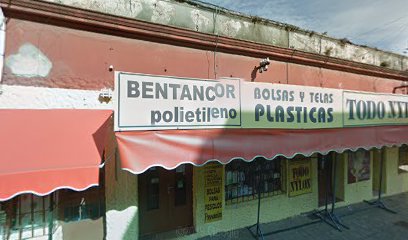
Teresita
0.1 km
Experience the heart of Paysandú at Teresita, where local artistry meets unique shopping for the perfect souvenir.
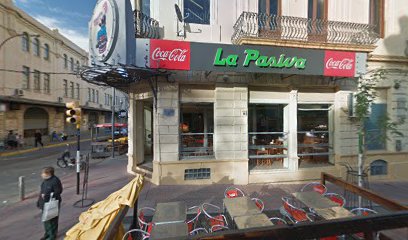
Todo Util
0.2 km
Explore Todo Util in Paysandú for trendy clothing that reflects local culture and modern style.

Urban Mac Center shopping
0.2 km
Discover a shopping paradise at Urban Mac Center in Paysandú, where local culture meets modern retail and dining experiences.

Outlet Daniel Cassin
0.2 km
Explore stylish women's clothing at Outlet Daniel Cassin in Paysandú, where fashion meets affordability in a vibrant shopping atmosphere.

Teenagers Boutique
0.2 km
Explore Teenagers Boutique in Paysandú for trendy clothing and accessories that reflect local style and affordability.
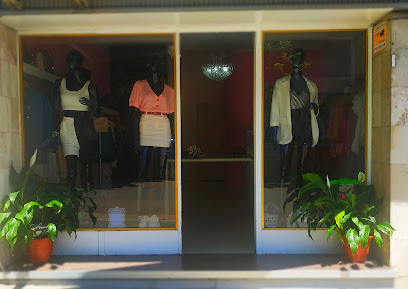
Bas Paysandú
0.2 km
Discover unique fashion styles at Bas Paysandú, a vibrant clothing store offering local trends and contemporary designs in the heart of Paysandú.
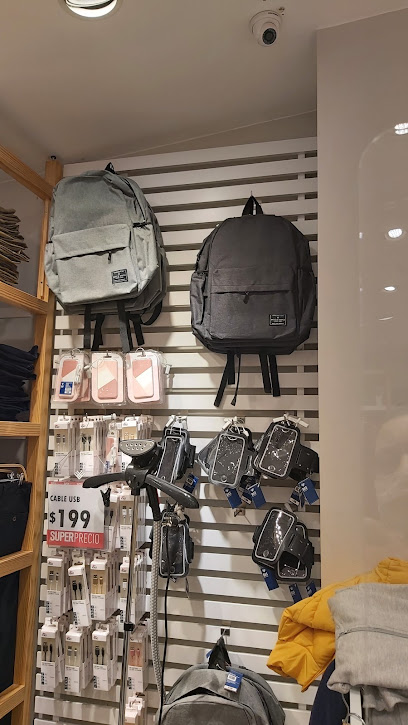
Zenit
0.2 km
Explore Zenit in Paysandú for the latest trends in fashion and stylish apparel that meets every taste and occasion.
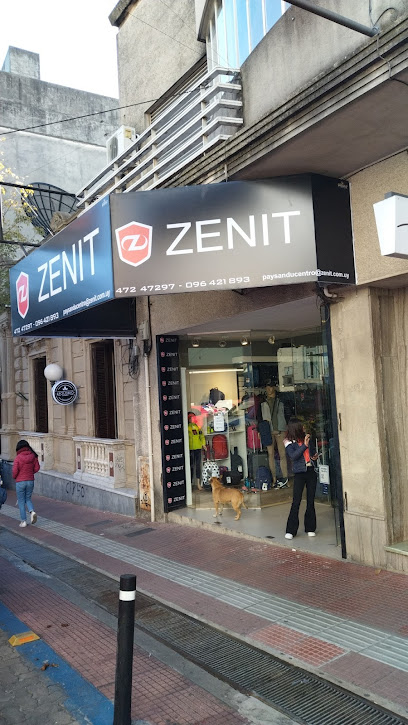
Pandora Boutique
0.3 km
Explore the essence of Paysandú fashion at Pandora Boutique, where unique styles meet local artistry for every occasion.
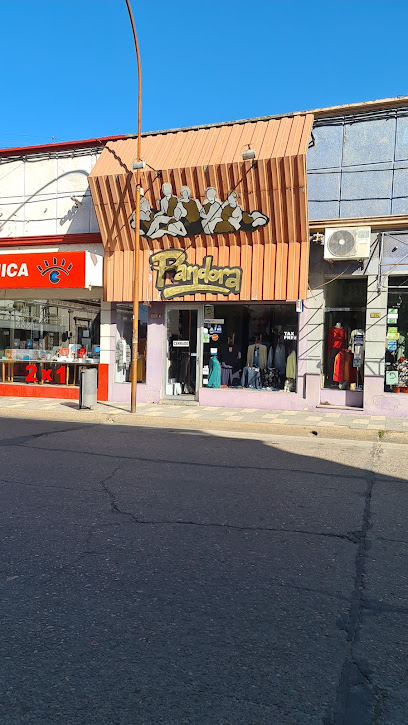
Isabella Boutique
0.3 km
Explore Isabella Boutique in Paysandú for unique clothing and accessories that reflect local culture and contemporary fashion.

Tiendas Montevideo - Paysandú
0.3 km
Explore Tiendas Montevideo in Paysandú for unique home goods that showcase Uruguayan craftsmanship and culture.

Guapa Paysandu
0.4 km
Explore the latest trends and unique styles at Guapa Paysandu, the go-to dress store for fashion lovers in Paysandú.
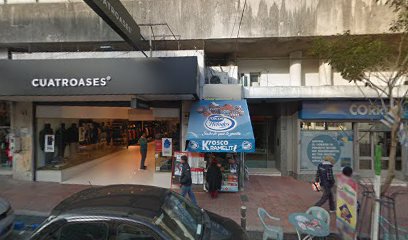
Percibal carteras y accesorios
0.4 km
Explore the elegance of handcrafted leather at Percibal, where quality meets style in Paysandú, Uruguay.
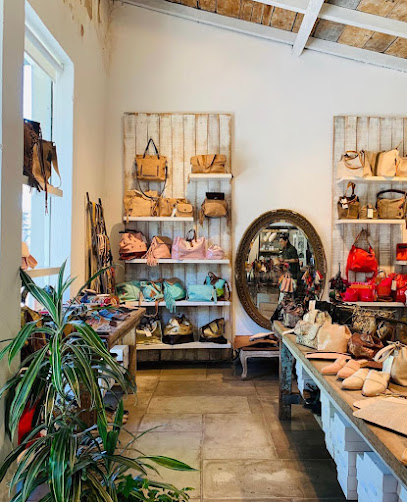
Ciara boutique
0.4 km
Explore Ciara Boutique in Paysandú for unique women's fashion that blends elegance with local charm in a welcoming atmosphere.

EL ESTABLO
0.4 km
Explore unique clothing and souvenirs at El Establo, a premier shopping destination in Paysandú, showcasing local fashion and craftsmanship.

Essential bars & hidden hideouts
Vem Resto Cafe
0.2 km
Discover the flavors of Paysandú at Vem Resto Cafe, where every cup of coffee tells a story and every dish is a delight.
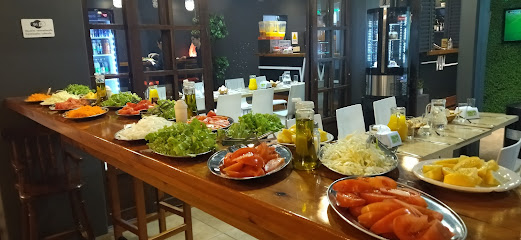
GARTEN BIER
0.4 km
Experience the vibrant atmosphere and rich local flavors at Garten Bier, a must-visit pub in Paysandú, Uruguay.
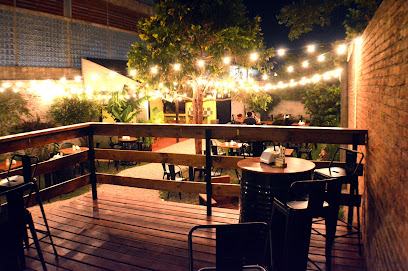
Trinca Brewer
0.4 km
Experience the best of Paysandú's craft beer culture at Trinca Brewer, where unique brews meet local hospitality in a cozy setting.
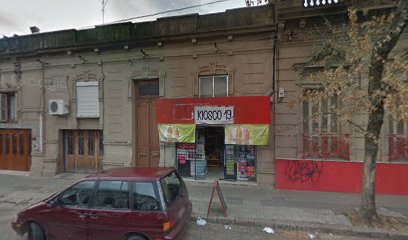
Alma bar
0.5 km
Dive into the lively atmosphere at Alma Bar, a top destination in Paysandú for cocktails, music, and unforgettable nightlife experiences.
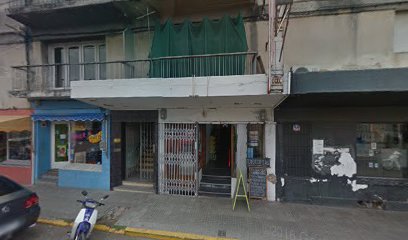
París Londres Beer House
0.5 km
Experience the vibrant atmosphere and diverse beer selection at París Londres Beer House in Paysandú, Uruguay, a haven for beer enthusiasts.
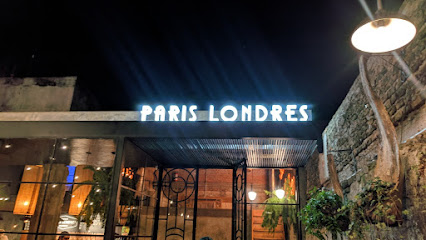
Carlos Lamarca & Bimba Brüder Cerveceria Artesanal
0.7 km
Experience the finest artisanal craft beers at Carlos Lamarca & Bimba Brüder Cerveceria Artesanal in Paysandú, where taste meets tradition.
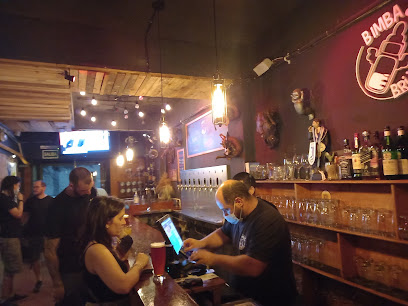
Parrilla Va Bene
0.8 km
Discover the authentic taste of Uruguay at Parrilla Va Bene in Paysandú, renowned for its delicious grilled meats and vibrant atmosphere.
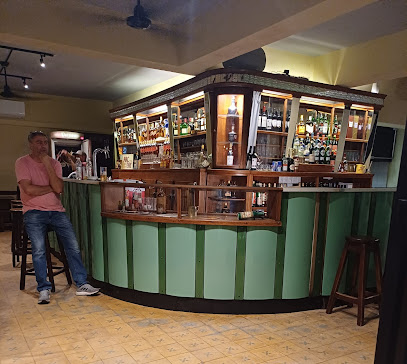
VUK cervecería
0.8 km
Discover VUK Cervecería in Paysandú: A brewpub where local craft beers and vibrant atmosphere create the perfect social experience.
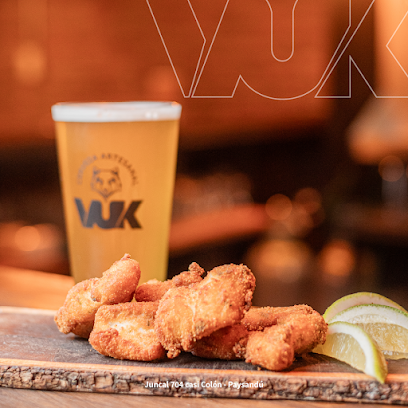
Suculenta Almacen de picadas
1.1 km
Experience the vibrant atmosphere and delectable picadas at Suculenta Almacen de picadas in the heart of Paysandú, Uruguay.

Bar Sede De Club Atlético Progreso
1.2 km
Experience the vibrant nightlife and local culture at Bar Sede De Club Atlético Progreso in Paysandú, Uruguay, where good times and great drinks await.
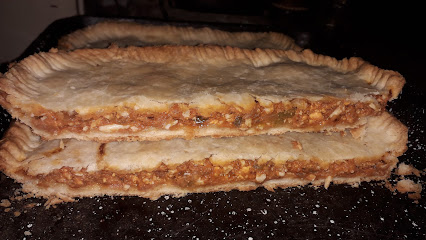
Bar El Exclusivo
1.2 km
Discover the vibrant atmosphere of Bar El Exclusivo in Paysandú, where locals and tourists alike gather to enjoy refreshing drinks and warm hospitality.
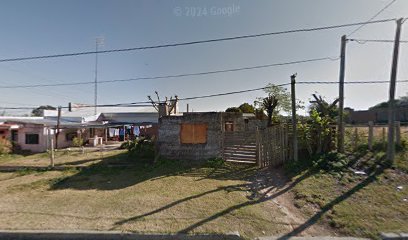
Sede Rampla
1.3 km
Experience the vibrant local culture at Sede Rampla, a welcoming bar in Paysandú offering delicious drinks and a lively atmosphere.
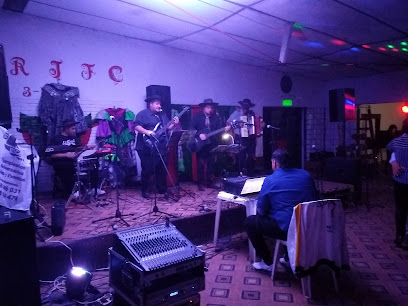
Bar Agustin
1.3 km
Discover the local nightlife at Bar Agustin, a vibrant bar in Paysandú, Uruguay, perfect for enjoying drinks and meeting locals.
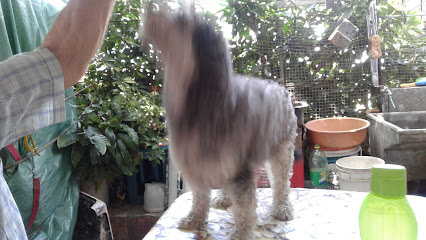
Bimba Brüder
1.4 km
Experience the vibrant nightlife at Bimba Brüder, a top bar in Paysandú offering delicious drinks and a lively atmosphere perfect for tourists.
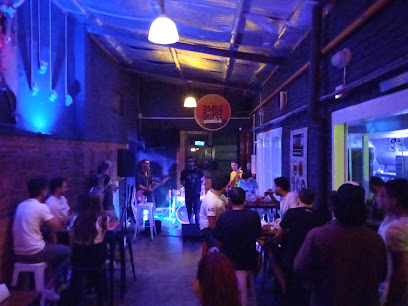
After Pub
1.4 km
Experience the vibrant nightlife of Paysandú at After Pub, where great drinks and a lively atmosphere await every night.




